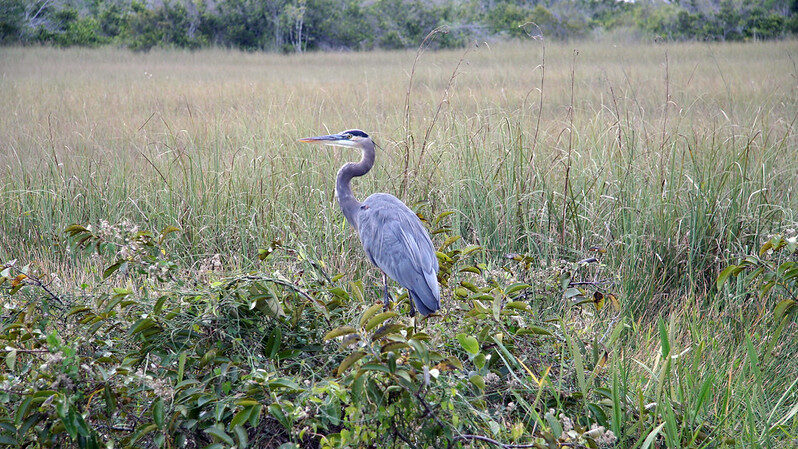Integrating Sea Level Rise Scenarios into Everglades Restoration Planning

Project Information
Principal Investigator: Laura D’Acunto, USGS Wetland and Aquatic Research Center
Proposed Project Completion: September 2024
Implements Science Plan Theme: Impacts
Co-Investigators:
Stephanie Romañach, US Geological Survey
Mysha Clarke, University of Florida
Overview
One of the largest and most expensive restoration efforts in the world is the restoration of the Everglades, a sub-tropical freshwater wetland system located in southern Florida. This unique ecosystem supports several endemic and endangered species, provides flood control for Florida’s large urban population, and provides water for both the agricultural and drinking supply within the state. The Comprehensive Everglades Restoration Plan (CERP), authorized by Congress in 2000, guides federal, state, and local efforts to build the infrastructure necessary to bring more water into the Everglades and restore its ecological integrity.
The Everglades flows into the southern coast of Florida and restoration efforts are likely to be impacted by climate induced sea level rise. However, many current project planning studies do not incorporate the potential impact of sea level rise in restoration plan evaluations. Resource managers and project planners require methods and tools to confidently incorporate scenarios of sea level rise into their evaluations. This project will work with stakeholders from multiple agencies to:
- identify the restoration questions that need to consider sea level rise,
- provide information on how to choose scenarios most relevant to each unique project, and
- provide the methodology to incorporate chosen sea level rise scenarios into the current planning processes through ecological models.
Incorporating sea level rise scenarios into Everglades restoration project planning will better determine whether projects will maintain or improve the Everglades’ ecological integrity. Stakeholders can use the tools developed by this project to improve their ability to decide between competing restoration plans as CERP projects continue to be implemented across the landscape.
